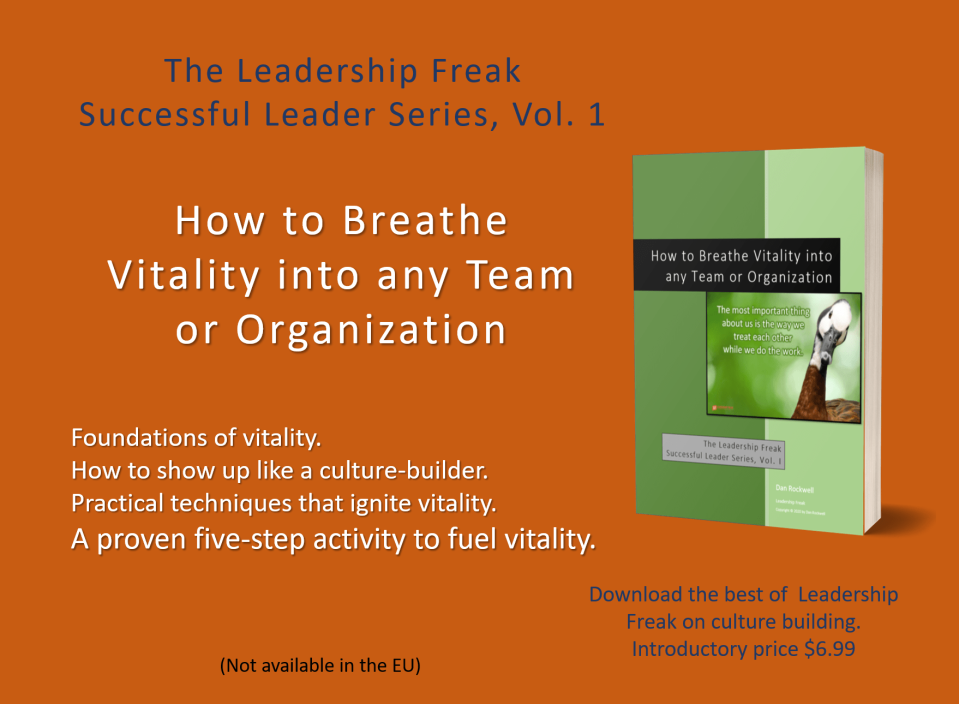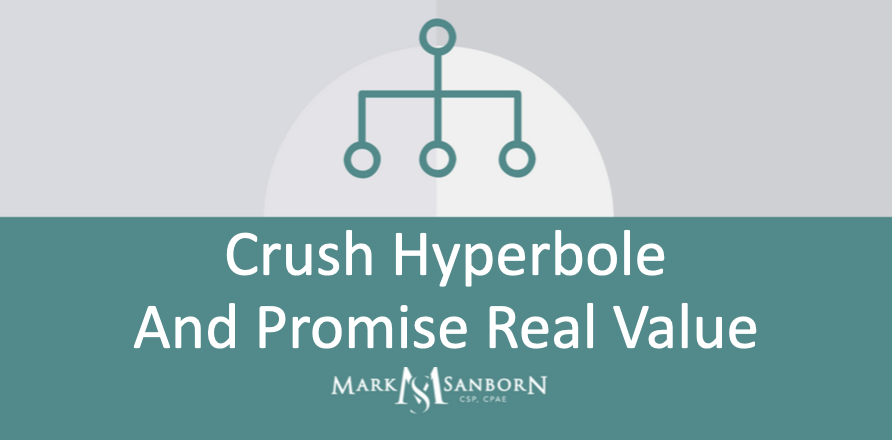Creating a resume can be a pain. How can you possibly highlight your entire career and all your skills, experience, qualifications, credentials, and potential on a sheet or two of paper?
According to Glassdoor, the average hiring manager or recruiter spends just six seconds reviewing a resume. That’s right—six seconds!
That’s why learning how to craft the perfect project management resume is an invaluable skill. If you’re having trouble getting interviews or callbacks based on your resume alone, you’ve come to the right place. Whether you’re a project management beginner or have decades of experience, I’ll teach you how to write a resume that fast-tracks you through the hiring process.
Why You Need a Strong Project Management Resume
The average corporate job listing attracts 250 resumes. But just four to six of those applicants will be called in for an interview, and only one person will land the job.
Your project management resume needs to stand out from the crowd to increase your chances of being within the 2% of applicants who get an interview.
Even if your skills and experience are unmatched and you’re the best possible candidate for the position, it won’t matter if you can’t convey that information properly on a resume. On the flip side, you might be underqualified for certain project management roles. But with the right resume, you’ll stand out against other project managers with more experience than you.
5 Ways to Improve Your Project Management Resume
Whether you’re starting from scratch or just want to touch up your existing resume, these are some of the best ways to stand out to hiring managers and recruiters. These five strategies will take your project management resume to the next level.
#1 — Add Relevant Keywords
In the modern business environment, most…










